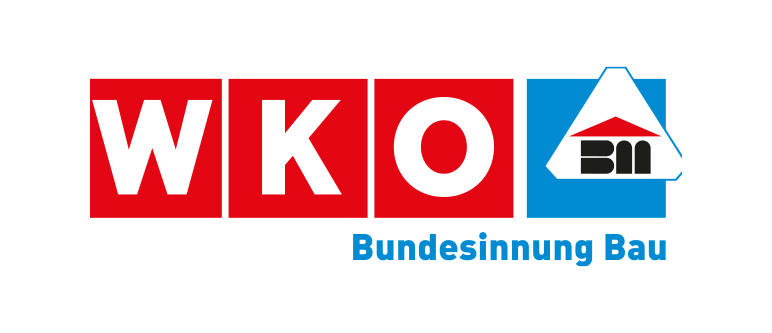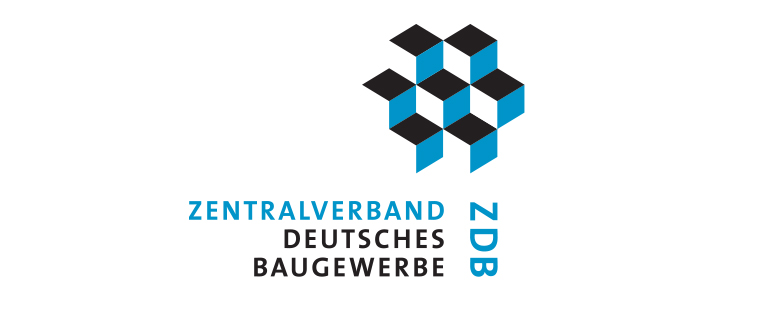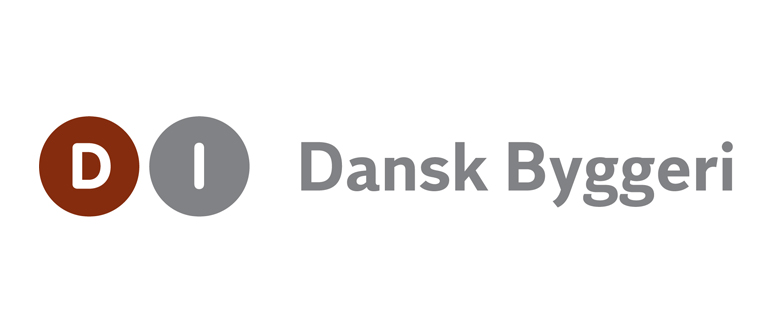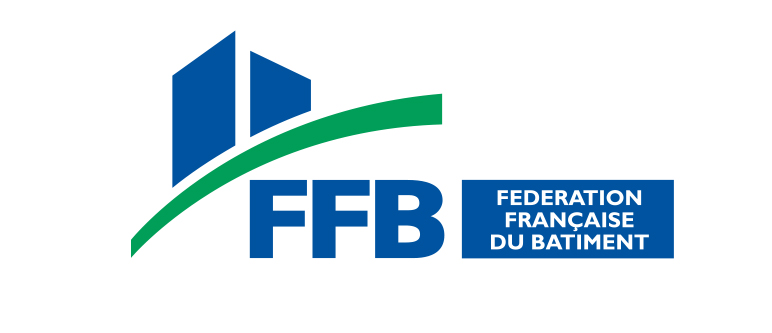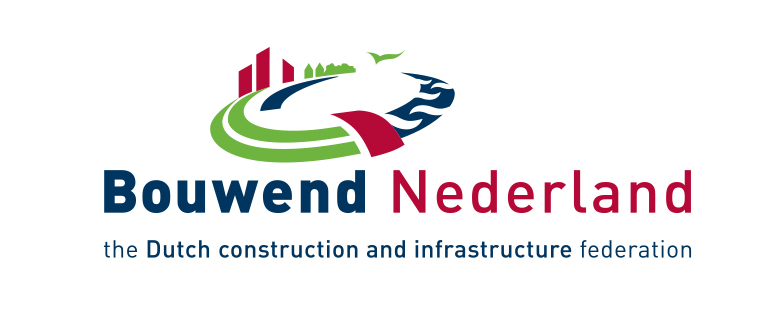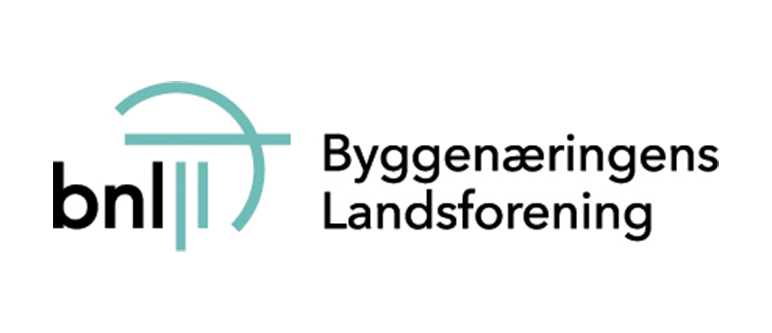Overall construction activity
Preliminary figures for 2020 from the Stats Office show a growth of 1.5 % in real terms in total investment in construction, despite the economic recession caused by the Corona-crisis which led to a decline of 5% of GDP (in real terms). With an increase in gross value added and employment, the construction sector was a stabiliser for the entire economy.
The new all-time high of the volume of gross-fixed capital formation construction amounted to €386 billion. The growth was fuelled both by building (plus 1.4%) and civil engineering works (plus 2.2%). The increase in overall employment in the construction sector lagged slightly behind with a growth of 0.7%, especially due to a persisting lack of skilled construction workers.
Other than in the previous years, expectations for the construction sector in 2021 are less positive than for the total economy. Economic research institutes predict a real growth rate for GDP of about 3%. The construction federations expect total construction investment to grow at a rate of nearly 1% in real terms. Thus, the volume at current prices is expected to reach a level of €398 billion.
In 2020, new orders for the construction industry had a value of €86 billion, the same figure as in 2019. The volume of permits for new buildings (excluding civil engineering) was close to €100 billion due to rising construction prices.
Housebuilding
The biggest subsector (more than 61% of total construction investment) reached the bottom of economic development in 2009. Since then, it is an ongoing success story. Until 2020, investment grew by 39% in real terms. The number of flats and houses coming new to the market doubled to nearly 300,000 units.
The most important reasons for this development have not changed. The high number of immigrants (more than 3 million in the past 10 years), record low mortgage rates, extremely high demand for new flats in agglomeration areas, rising disposable incomes of private households and the search for investments with higher yields than the capital market has to offer.
Between 2009 and 2020 investment into new houses more than doubled in real terms. Nevertheless, the subsector stood for just one third of total investment in the residential sector last year. Housebuilding is still dominated by renovation and repair works, although the growth rate was far less impressive with only 18%.
Political aims concerning the housebuilding sector focus on two issues. First, to bring the number of new flats and houses to a level of 375,000 units per year. To reach this goal, the federal government enacted several subsidies in 2018 in order to support the construction of family or multifamily houses. Second, to reduce CO2 emissions from the building sector. Since the implementation of the subsidy scheme in 2006, the state-owned KfW-Bank has injected nearly €62 billion into the market for investment into the existing building stock (especially better insulation and modern heating systems). On the other hand, the regulations for energy saving building methods in new construction have been tightened constantly. The last legislative step in 2016 resulted in an increase in investment costs of almost 10%.
It is expected that in 2021 about 300,000 flats or houses will be finished. Once again, the target of about 375,000 units will be clearly missed. Therefore, prospects for the future remain positive despite future consequences of the COVID-19 pandemic.
GDP 2020
BILLION
POPULATION 2020
Total investment in construction in 2020
BILLION
Non-residential construction
Production in this sector is dominated by private investors and therefore closely linked to the overall economic development. German GDP fell by 5% in 2020, actual forecasts predict a growth of around 3% for 2021. Building permits for private investors dropped since the second quarter of 2020 and new orders from this group went down by 6% last year.
Although production remained strong due to a high order backlog last year, this cannot be expected for 2021. A massive decrease in companies’ earnings in 2020 will lead to high insolvency rates or negatively affect investment plans. Contrary to the economic crisis 2009/2010 all economic sectors (except for construction) were severely hit in 2020. The new hard lockdown at the beginning of 2021 will cause even more problems for the survival and investment capacities of companies.
Investment by the public sector stands for only 15% of non-residential buildings. Therefore, the influence on this subsector is limited. The big downturn of tax revenues last year led to a massive rise of public debt. It is likely that this year especially the local authorities will cut their investments. This will not be compensated by the federal government, although it is going to spend another record volume into infrastructure construction.
Civil engineering
In the past three years, the sector had a very dynamic development with an aggregated growth rate of more than 13%, much higher than the building sector with 8%. To some extent, this can be attributed to the fact that the federal government increased its investment into traffic infrastructure from €12.1 billion in 2016 to €16.2 billion in 2020.
A large part of that money is given to Deutsche Bahn AG, the German railway authority. In 2020, the amount was €5.6 billion, in 2021 it will be about €7.4 billion. The additional money will be used for repair and maintenance works on the existing railway network.
Another important player in infrastructure are the local authorities. After years of cutbacks in their budgets, they expanded their investment from 2015 to 2020 by one quarter, which was about 15% in real terms. Contrary to the federal government, it is very likely that we will see a cut in local authorities’ expenditures for infrastructure this year.
| Per cent variation of investment in real terms on previous year | |||||||
| investment Mln. € fixed prices | |||||||
| Sectors | 2020a | 2017 | 2018 | 2019 | 2020a | 2021b | |
| 1. | Building | 280,169 | 0.6 | 2.4 | 3.7 | 1.4 | 1.2 |
| 1.1. Housebuilding | 198,320 | 0.6 | 3.0 | 4.0 | 2.1 | 2.5 | |
| 1.1.1. New | 69,440 | 1.5 | 5.5 | 4.2 | 2.2 | 2.8 | |
| 1.1.2. Renovation | 128,880 | 0.1 | 1.7 | 3.8 | 2.0 | 2.3 | |
| 1.2. Non residential (c) | 81,830 | 0.6 | 1.1 | 2.9 | -0.4 | -1.9 | |
| 1.2.1. Private | 68,266 | 0.7 | 1.1 | 2.8 | -0.8 | -1.8 | |
| 1.2.2. Public | 13,565 | 0.3 | 1.0 | 3.0 | 1.6 | -2.1 | |
| 2. | Civil Engineering | 44,429 | 2.1 | 3.6 | 4.8 | 2.2 | -0.9 |
| (1 + 2) | Total Construction | 324,590 | 0.8 | 2.6 | 3.8 | 1.5 | 0.9 |
| a: estimate - b: forecast - c: incl. R&M | |||||||
| Number of building permits in residential construction | |||||||
| 2017 | 2018 | 2019 | 2020a | 2021b | |||
| single dwelling | 112,987 | 110,638 | 112,232 | 117,000 | 115,000 | ||
| collective dwelling | 172,404 | 180,137 | 188,478 | 185,000 | 190,000 | ||
| other types of dwelling | 62,491 | 56,035 | 59,868 | 60,000 | 55,000 | ||
| Total | 347,882 | 346,810 | 360,578 | 362,000 | 360,000 | ||
| (Collective dwellings and other types of buildings: in number of flats) | |||||||




